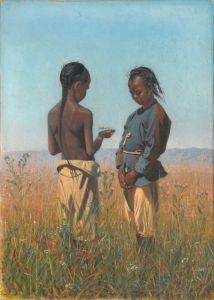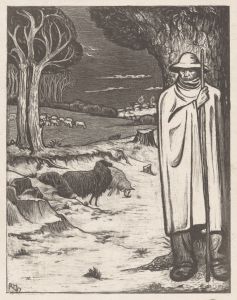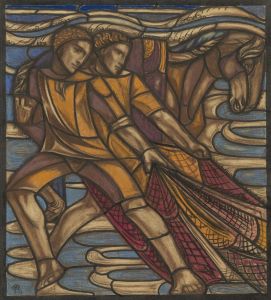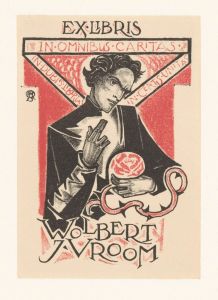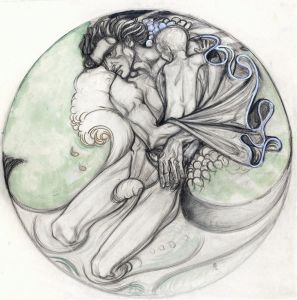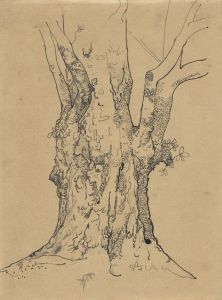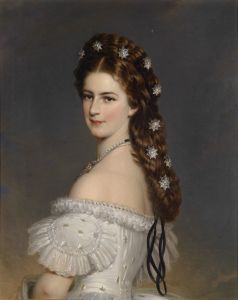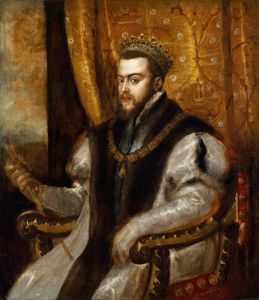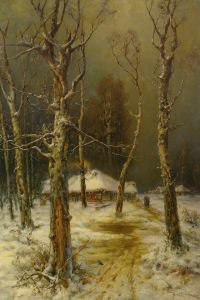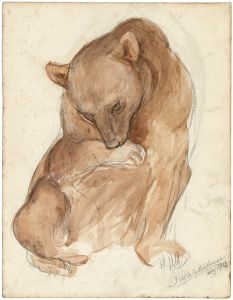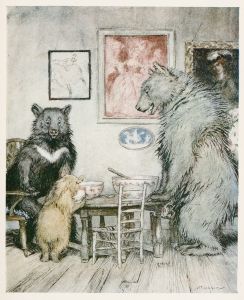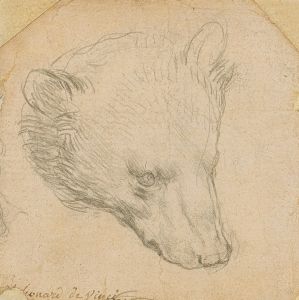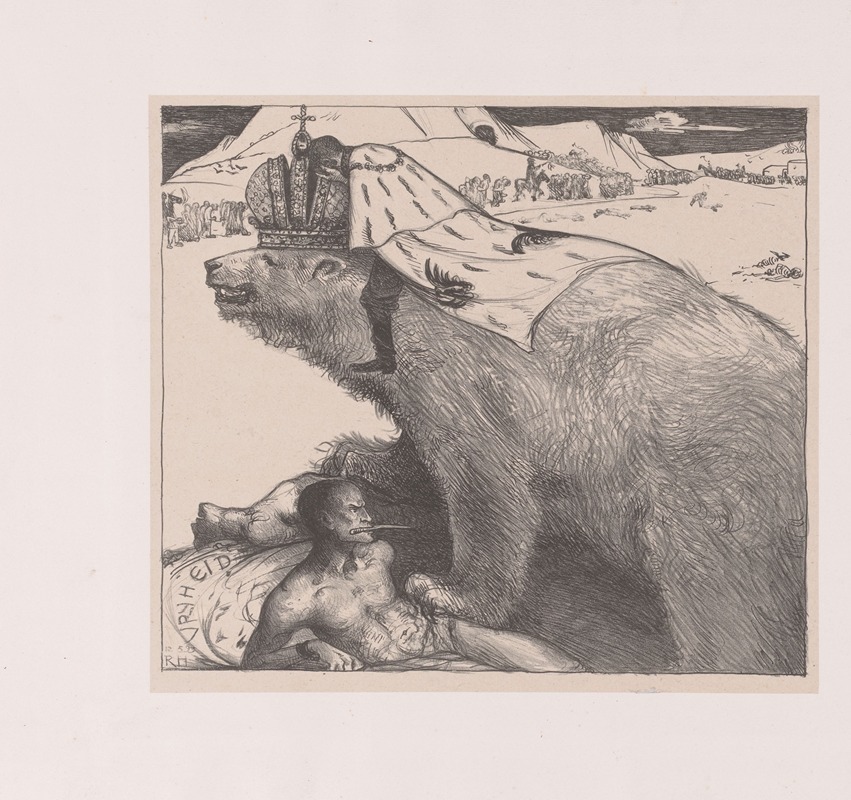
Tsaar Nicolaas II van Rusland op de Russische beer
A hand-painted replica of Richard Nicolaüs Roland Holst’s masterpiece Tsaar Nicolaas II van Rusland op de Russische beer, meticulously crafted by professional artists to capture the true essence of the original. Each piece is created with museum-quality canvas and rare mineral pigments, carefully painted by experienced artists with delicate brushstrokes and rich, layered colors to perfectly recreate the texture of the original artwork. Unlike machine-printed reproductions, this hand-painted version brings the painting to life, infused with the artist’s emotions and skill in every stroke. Whether for personal collection or home decoration, it instantly elevates the artistic atmosphere of any space.
Richard Nicolaüs Roland Holst was a prominent Dutch artist known for his contributions to painting, graphic design, and illustration during the late 19th and early 20th centuries. His work often reflected his socialist ideals and his interest in social justice, which were significant themes in his artistic endeavors. One of his notable works is the painting "Tsaar Nicolaas II van Rusland op de Russische beer" (Tsar Nicholas II of Russia on the Russian Bear).
This painting is a political and symbolic representation, reflecting the turbulent political climate of the time. Tsar Nicholas II, the last Emperor of Russia, ruled from 1894 until his abdication in 1917. His reign saw the fall of the Russian Empire, which was marked by military defeats, economic struggles, and significant social unrest. The image of Tsar Nicholas II riding a bear is a powerful metaphor, as the bear is a traditional symbol of Russia, often used to depict the country's strength and sometimes its unpredictability.
Roland Holst's depiction of the Tsar on the Russian bear can be interpreted as a commentary on the Tsar's control over Russia and the challenges he faced in maintaining his authority. The bear, representing Russia, may symbolize the immense power and potential volatility of the nation under Nicholas II's rule. The painting captures the tension between the ruler and the ruled, highlighting the precarious nature of Nicholas II's position during a period of significant upheaval.
The style of Roland Holst's work is often associated with the Art Nouveau movement, characterized by its use of flowing lines and organic forms. His background in graphic design and illustration is evident in the composition and execution of his paintings, which often include intricate details and a strong sense of narrative. Roland Holst's work was not only artistic but also served as a form of social commentary, reflecting his deep engagement with the political issues of his time.
Roland Holst was also an influential figure in the Dutch art scene, contributing to various artistic and cultural movements. He was a member of the Social Democratic Workers' Party and was actively involved in promoting socialist ideals through his art. His works often addressed themes of social justice, equality, and the struggles of the working class, aligning with his political beliefs.
"Tsaar Nicolaas II van Rusland op de Russische beer" is a testament to Roland Holst's ability to blend art with political commentary, using symbolism to convey complex ideas about power, authority, and national identity. The painting remains a significant piece in understanding the intersection of art and politics during a pivotal period in European history.
Overall, Richard Nicolaüs Roland Holst's work, including this painting, reflects his commitment to using art as a means of exploring and critiquing the social and political issues of his time. His legacy continues to be appreciated for its artistic merit and its insightful commentary on the world around him.





